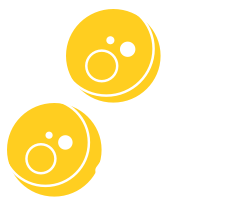Since it was first established in 2012, the CDCN has connected the global community of physicians, researchers, patients and loved ones to accelerate CD research, treatment, and patient care. The CDCN started by contacting all of the authors from the 2,000+ papers on PubMed associated with Castleman disease. Then, the CDCN held its first in-person meeting of physicians and researchers at ASH 2012 and webinars to connect the various members of the community. Next, the CDCN established an online forum for patients to connect with one another and an online forum for physicians and researchers to connect with one another.
Research Pipeline: Leading to personalized medicine
- What is the cause of the immune system hyperactivation in Castleman disease?
- What type of immune cells are activated?
- What pathways in the cells are activated?
- What factors are released by the activated immune cells?
- What treatments are most effective at stopping Castleman disease?
- What tests could improve a Castleman disease diagnosis?
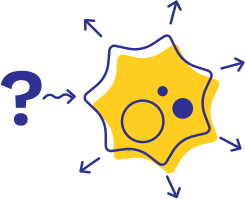
In a healthy person’s body, inflammatory proteins called cytokines are released when an infection is detected and return to normal once the infection subsides. In CD patients, there is an excessive release of cytokines that occurs for an unknown cause. The elevated cytokines cause immune cells to multiply which leads to CD symptoms. We suspect immune system hyper-activation is caused by an inherited genetic mutation, a genetic mutation acquired during the course of life, autoimmune mechanisms, and/or unidentified infection.
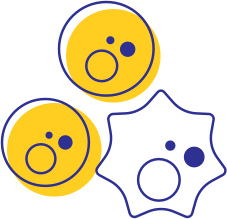
In CD, immune system hyperactivation leads to the release of cytokines. We do not yet know which immune cells are responsible for prompting the immune hyperactivation. Our early research findings suggest that T lymphocytes, B lymphocytes, and follicular dendritic cells may be playing important roles in the onset of CD.

In order for immune cells to produce cytokines, communication lines called pathways must be activated. We don’t know which cellular pathways are activated in CD, but we are work-ing hard to uncover these dysfunctional cellular pathways.
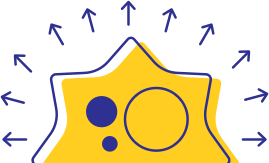
We know a few cytokines that play an important role in CD, such as Interleukin-6, but we suspect that other cytokines may also be involved. We are striving to uncover the immune factors released in CD to ultimately find better treatments and diagnostic tests in order to save lives.
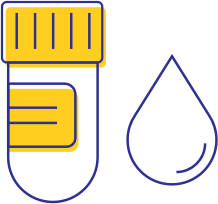
While we know of a few treatments that are helpful for CD patients, including one FDA- approved drug for idiopathic multicentric CD (siltuximab), these treatments, unfortunately, do not help all patients. We are working to find new and more effective treatments for CD patients that don’t benefit from existing options.

Right now, Castleman disease is diagnosed by clinicians and pathologists who review data and lymph node tissue to determine if a patient likely has Castleman disease. Unfortunately, there are no definitive tests and diagnosis relies on this subjective assessment. We would like to identify a more objective way to diagnose Castleman disease that would involve either specific tests of lymph node tissue or blood.

